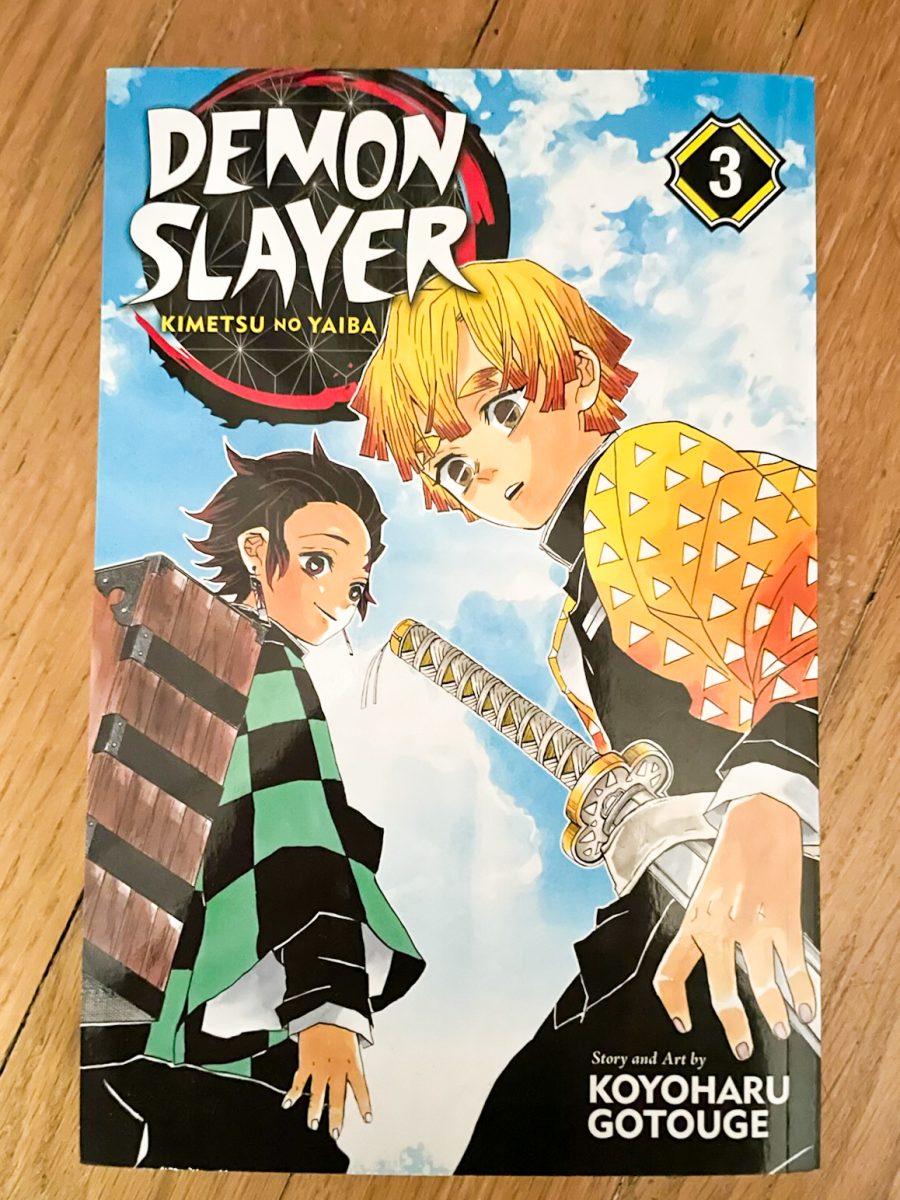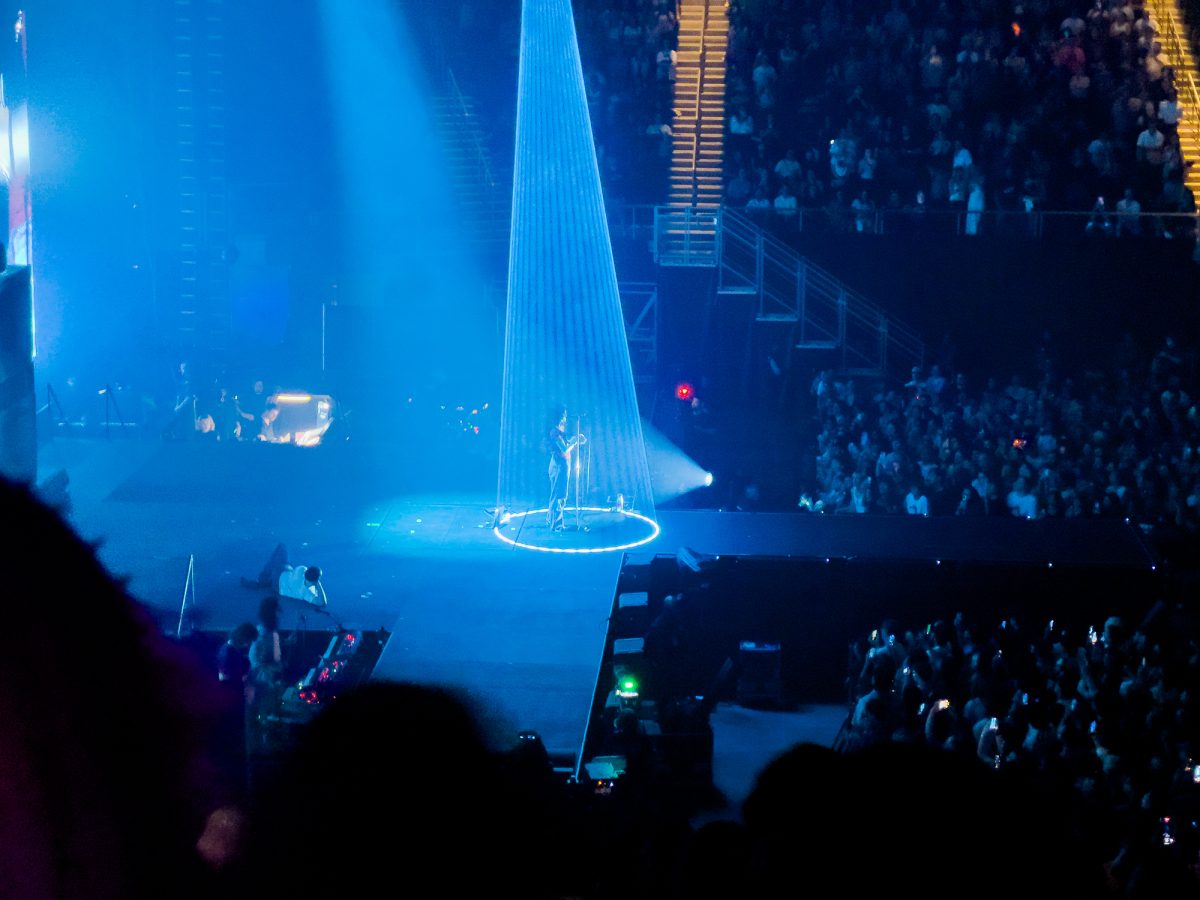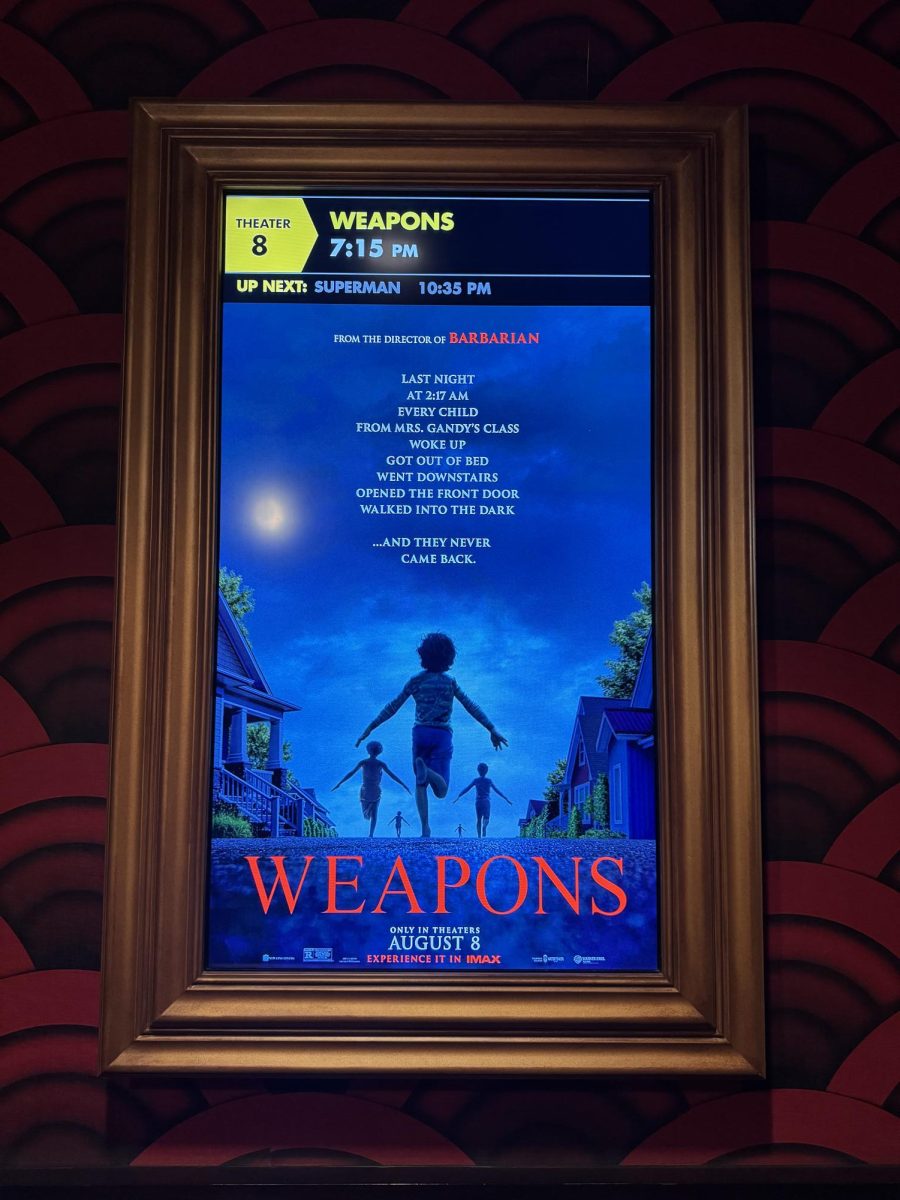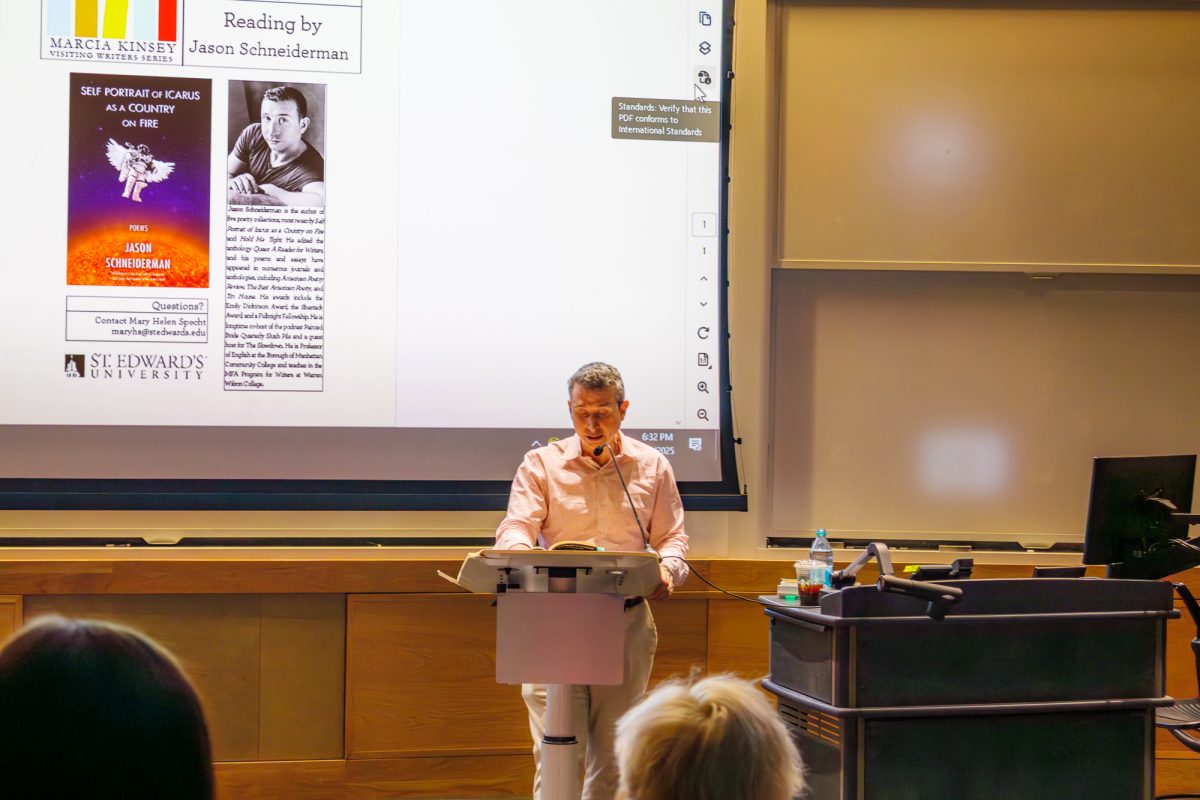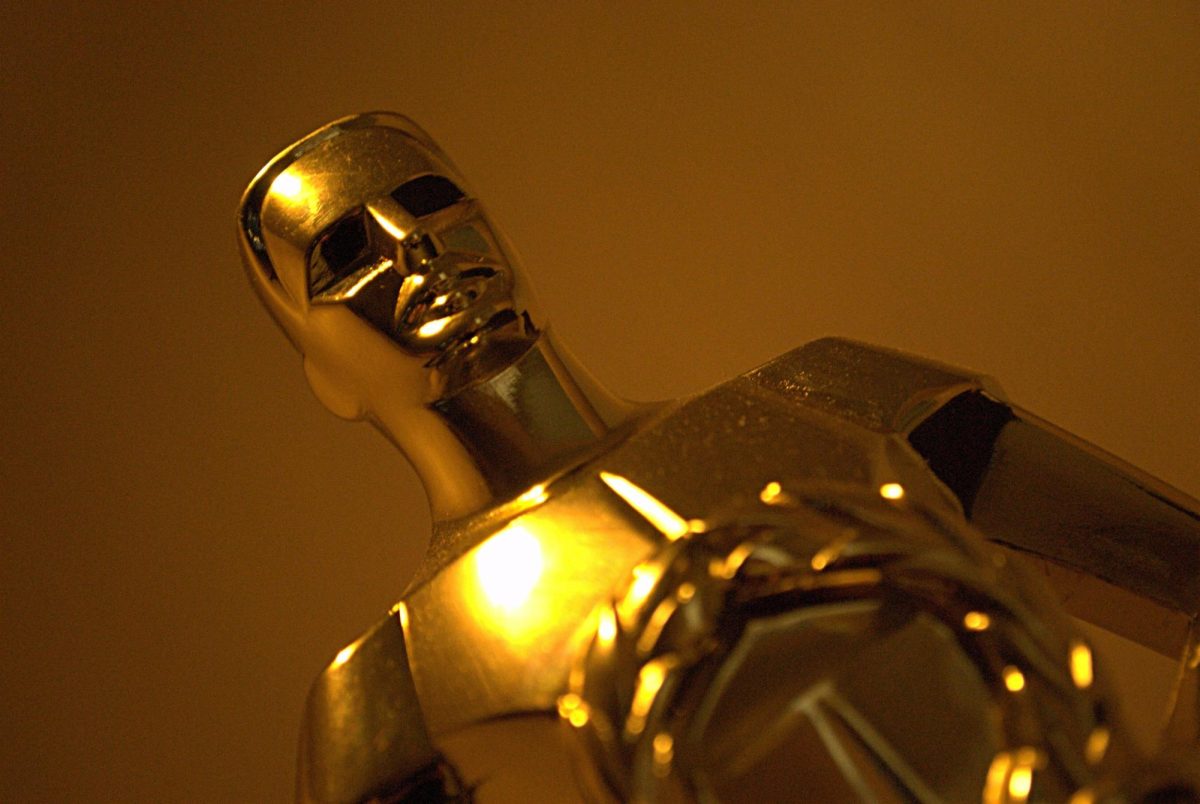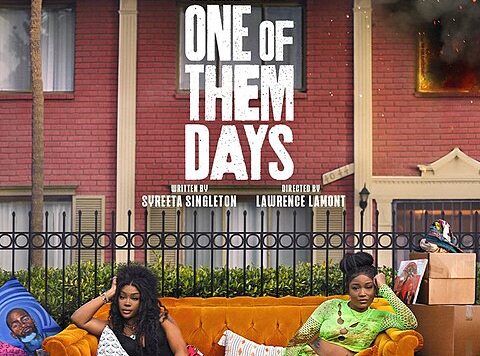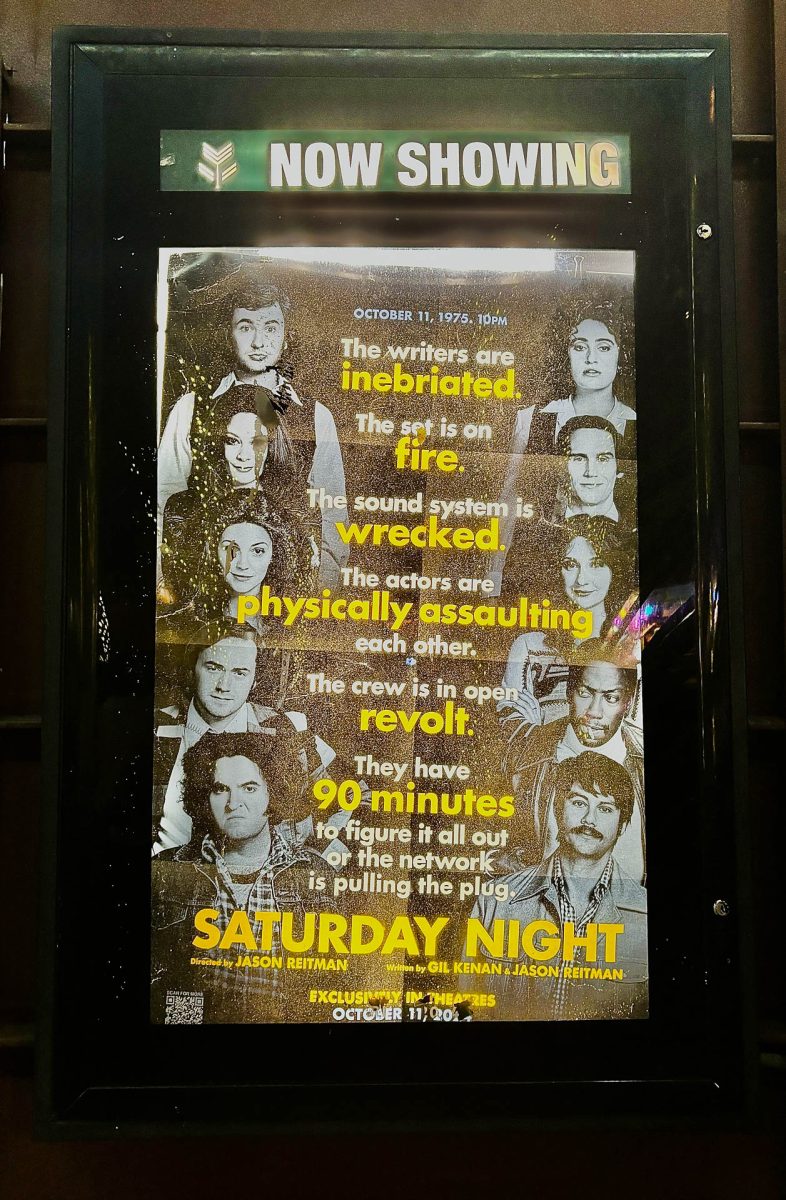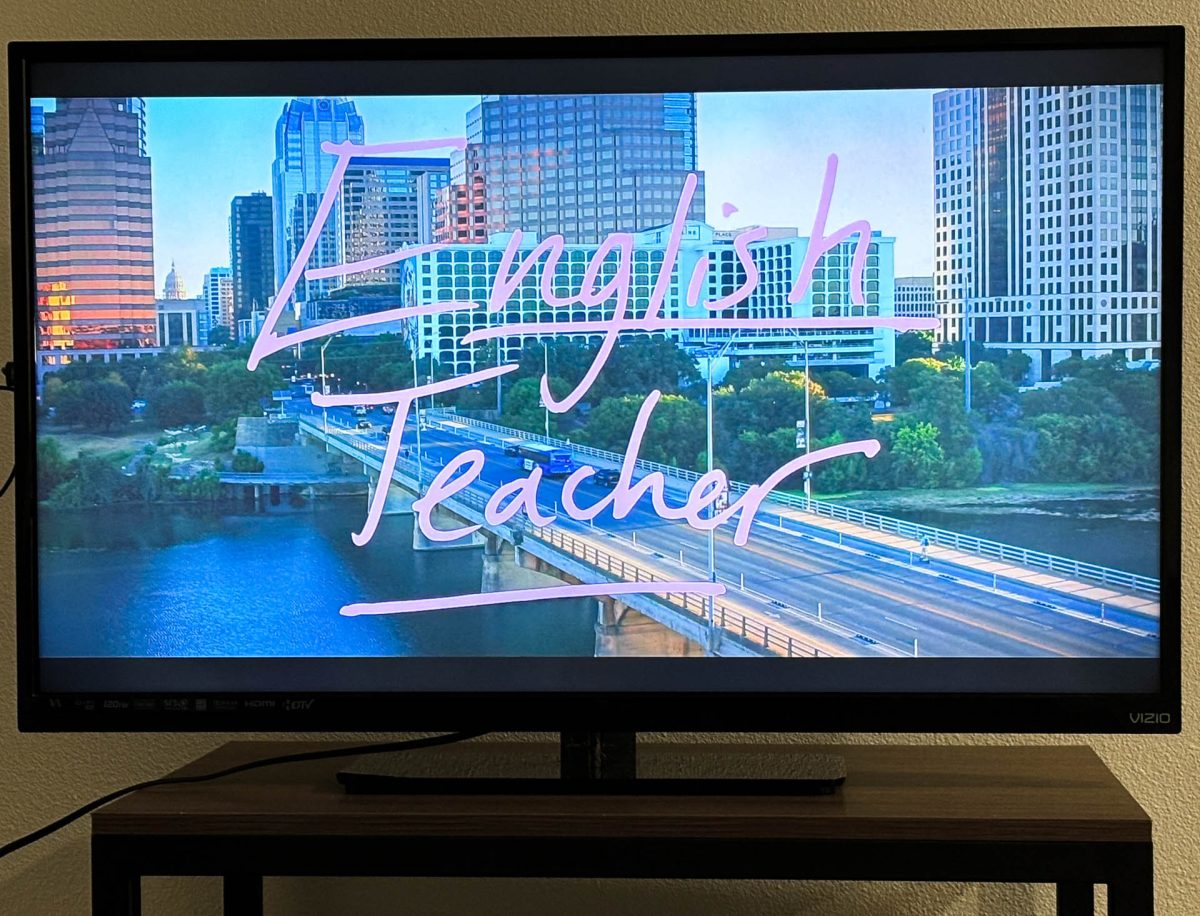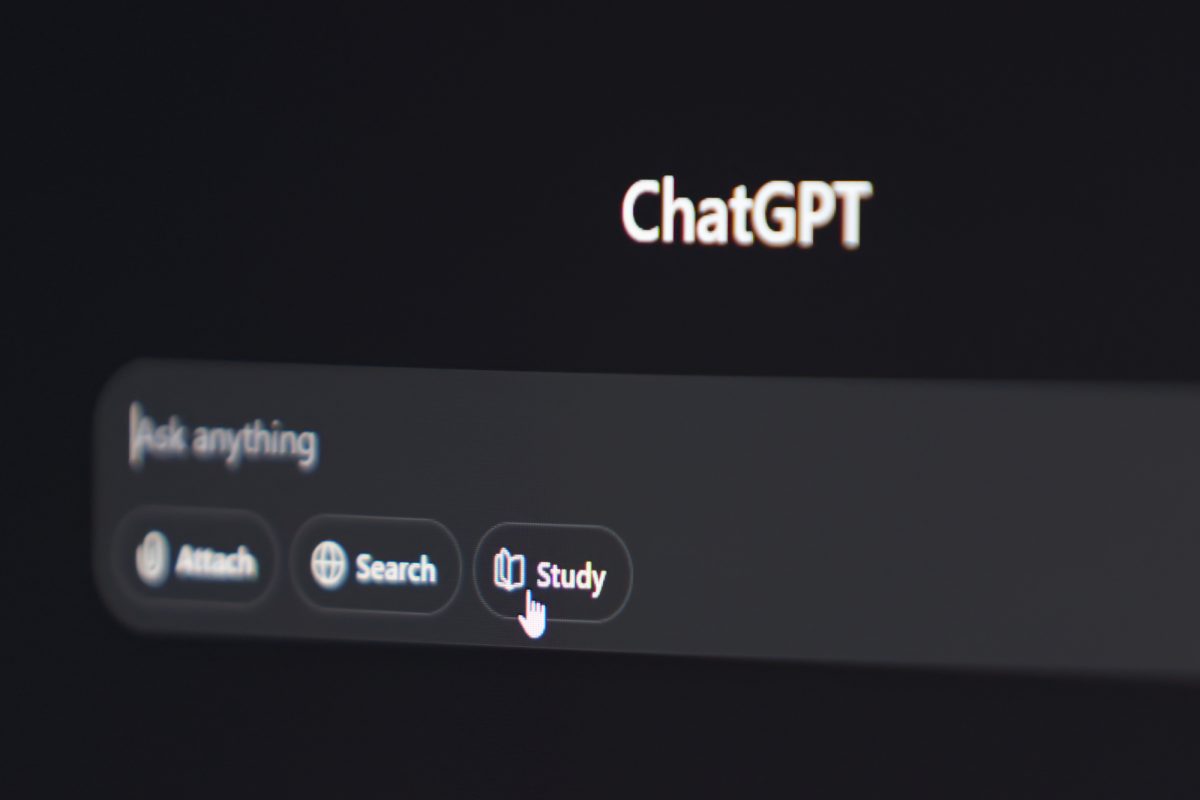A24’s latest star-studded picture, “Death of a Unicorn,” is an intriguing layered commentary on family, greed and the human proclivity to conquer nature in an elusive, fun and freaky feature. A solid script and accompanying performances, as well as immersive visuals, attempt to push this movie to mythical heights but ultimately land it solidly in the realm of “just okay.”
At a time when other films are coming out with similar themes, the film’s flaws are additionally given more weight, which calls into question its lukewarm messaging.
In the compact runtime of “Death of a Unicorn,” the movie balances comedy, horror and sentiment thanks to the excellent cast: particularly, Jenna Ortega, Paul Rudd, Will Poulter and the titular unicorns. Ortega returns as an aloof teenager, à la “Wednesday” and “You,” who operates as a moralistic foil to the pharmaceutical magnates of the Leopold family (Téa Leoni and Richard E. Grant joined Poulter as power-hungry patriarch and matriarch).
However, the most memorable in the movie are the CGI unicorns, which embody majesty and horror as the primary tool for the movie’s extended metaphor. Representing the power and terror of nature, the unicorns continually thwart the Leopolds and their quest to harvest and profit off of the power of the unicorns’ horns.
While this personification is fairly surface level and heavy-handed, it provides a wonderful image for Scharfman to play with: the unicorn’s snarl, the illumination of the horn and, perhaps, the aurora borealis (the location of the film is indeterminate).
Still, in its closing moments, the audience contemplates the narrative importance that Scharfman has chosen to curate. According to an interview conducted by Zachary Lee, the director was partially informed and inspired by the events of the COVID-19 pandemic.
“I was outlining it in late 2019 into 2020. And then the lockdown was definitely something in my mind. Again, I was letting the story lead me, and it naturally led me to pharmaceuticals,” Scharfman said. “When you realize unicorns are panaceas and were always prized for their medicinal value, you can’t not talk about pharmaceuticals in a contemporary context.”
A well-meaning theme and consideration, indeed, but one that has been widely played out, even in the film industry (“Dallas Buyers Club” and “Sicko” are just two that come to mind).
More intriguing than the film’s polemic against big pharma is its contemplation of historic and contemporary bouts with nature.
Much of the film’s plot is propelled forward by a reference to “The Unicorn Tapestries,” which are a series of medieval tapestries displaying a similar story of nobles capturing a unicorn that is only sedated by the presence of a “fair young maiden” – which for the movie is Ortega’s vape-hitting ingénue.
The movie unwittingly shows an understanding of greed as a cyclical problem throughout human history. As long as there are unicorns, the rich will attempt to hunt them out. It is easy to replace unicorns with any marginalized or manipulated class and gain good class critique.
Still, this is only gathered after reading way too much into the movie. The film’s average viewer would most likely miss this in the frequent death scenes that accompany the closing act of the film.
An act literally concluded with an earth-saving embrace between Ortega and Rudd. It is moments like this, and other introductory scenes, that bring down the greater parts of the film and remind the audience of its limited run-time. To meet the needs of such a short duration, it seems that Scharfman relied on lazy storytelling and underdeveloped characters.
Upon its conclusion, it is safe to assume most viewers will remember the shocking gore of the unicorn’s impaling and impeccable snark of Poulter and Leoni. So, if Scharfman intended to leave his audience feeling this way – congratulations!
But, if his goal was to serve as a substantive critique of capitalism, colonialism and human nature, the film’s final product is not necessarily up to snuff. There is not enough unicorn meat on its bones to stand against the likes of other recent class commentaries, such as “Mickey 17” and “No Other Land.”
I give “Death of a Unicorn” three and a half goats out of five.


